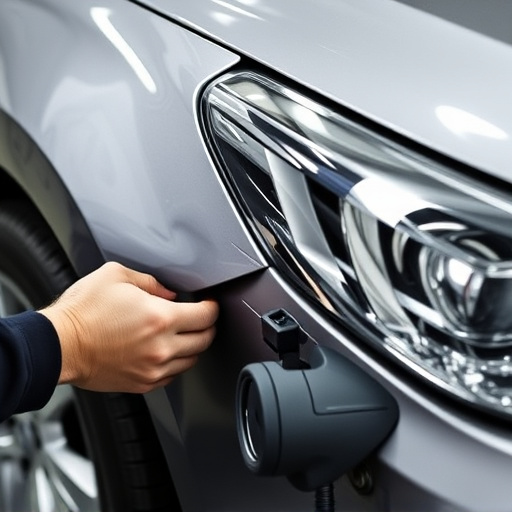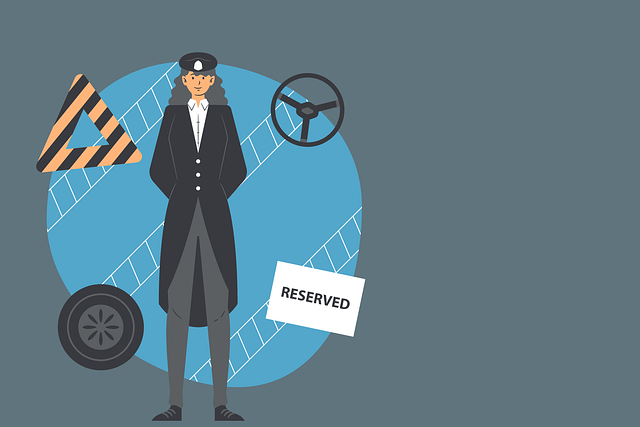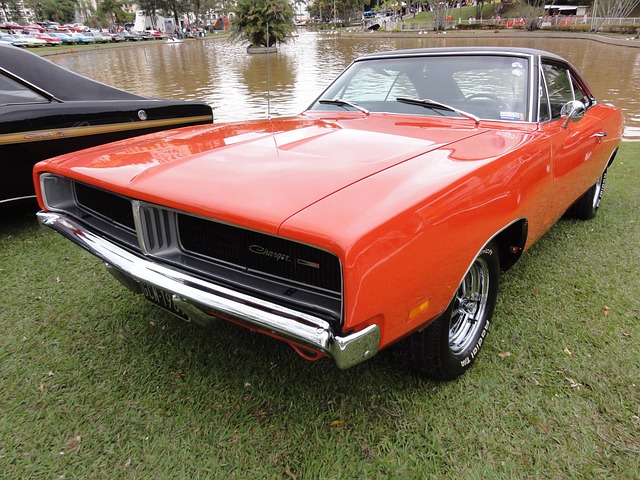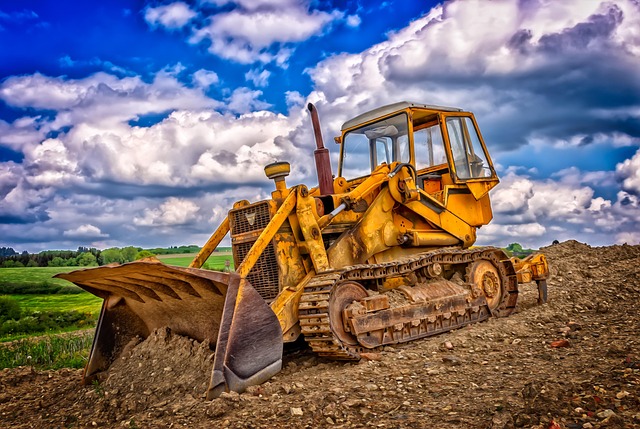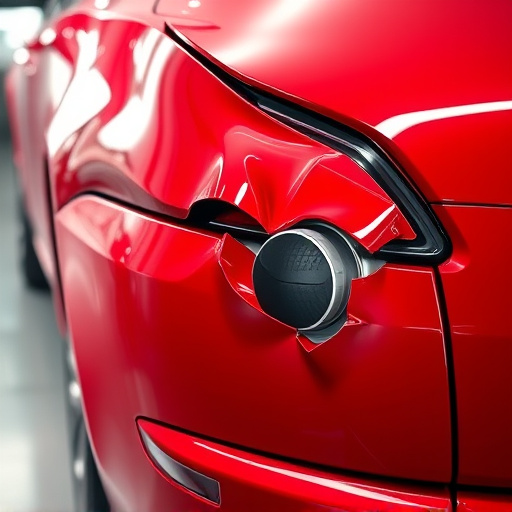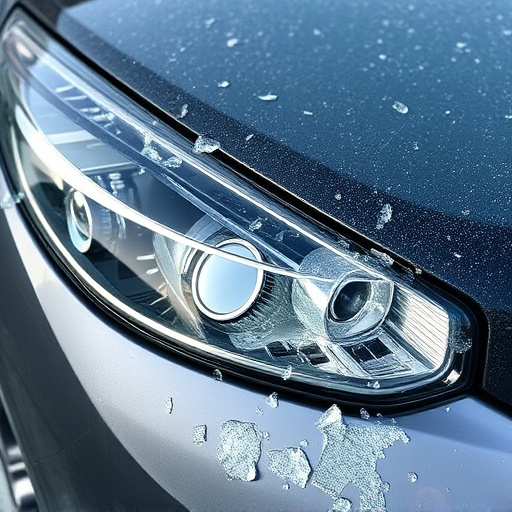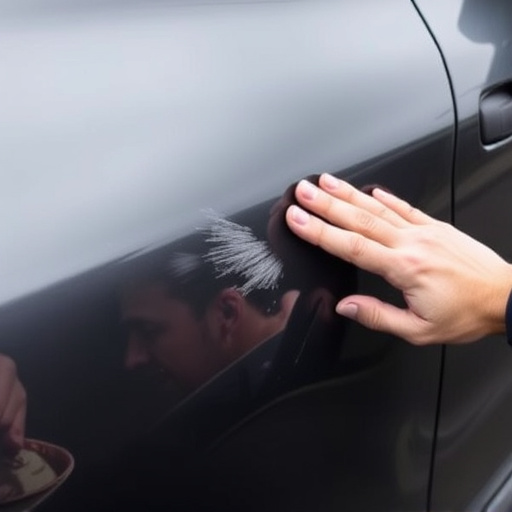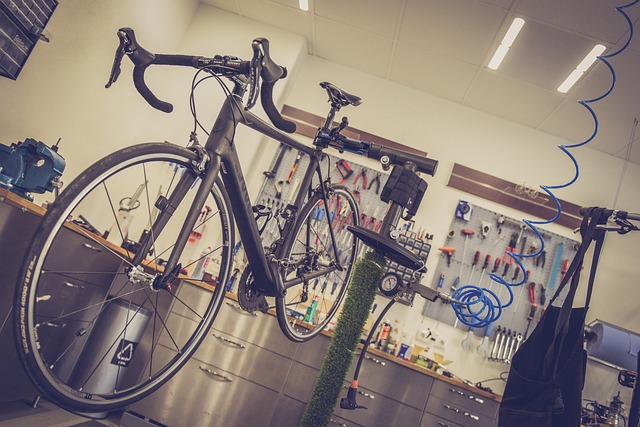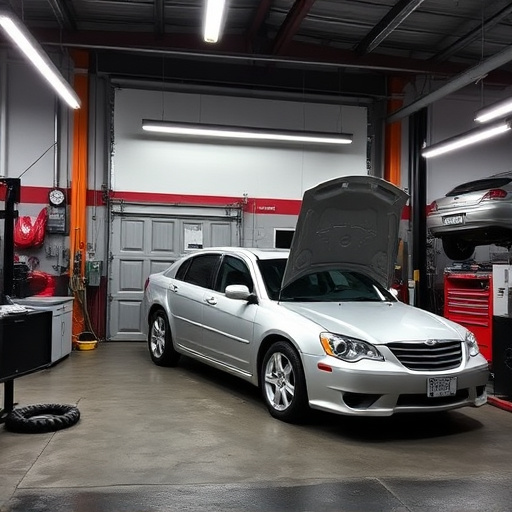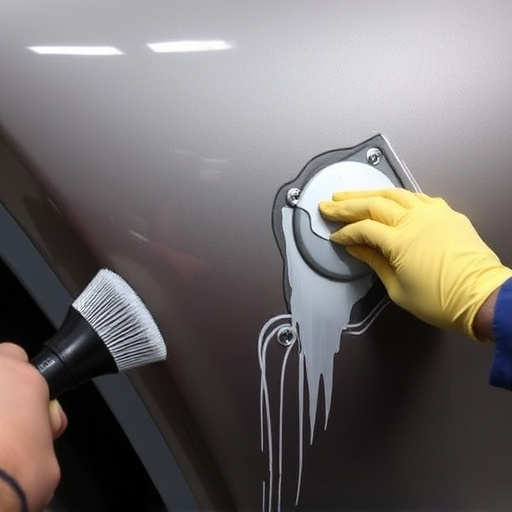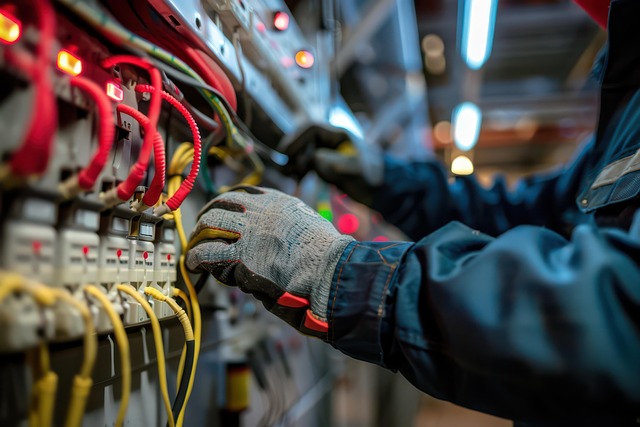Waterborne paint systems, though often misunderstood, offer environmental and health benefits with excellent performance for auto repairs. Their low volatile organic compound (VOC) content enhances air quality during intricate tasks like dent repair. These systems provide superior coverage, rapid drying, and durability, making them cost-effective choices for Mercedes Benz repair and other applications while adhering to strict best practices for optimal application and longevity.
In the automotive industry, choosing the right paint is crucial for both aesthetics and durability. Waterborne paint systems have gained popularity due to their environmental friendliness and performance. However, myths abound about its effectiveness in auto shops. This article debunks common misconceptions, exploring the basics of waterborne paint systems, their benefits and drawbacks, and best practices for application and maintenance.
- Understanding Waterborne Paint Systems: Debunking Basics
- Benefits and Drawbacks: Advantages in Auto Shops
- Best Practices for Application and Maintenance
Understanding Waterborne Paint Systems: Debunking Basics
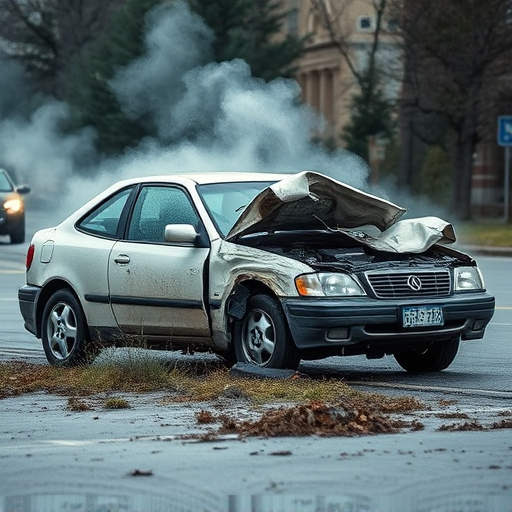
Waterborne paint systems have gained significant traction in the automotive industry for their numerous benefits. Unlike traditional solvent-based paints, waterborne options utilize water as a carrier, making them more environmentally friendly and safer to use in enclosed spaces like auto shops. This is particularly relevant when considering the health risks associated with volatile organic compounds (VOCs) found in solvent-based paints.
One common myth about waterborne paint systems is their perceived inferior quality compared to conventional paints. However, this could not be further from the truth. Waterborne paints offer exceptional coverage, rapid drying times, and superior durability, making them suitable for a wide range of applications, even in demanding sectors like Mercedes Benz repair. Moreover, their low VOC content contributes to reduced odor and improved air quality during application, which is especially beneficial when dealing with intricate car dent repair tasks or paintless dent repair techniques.
Benefits and Drawbacks: Advantages in Auto Shops

Waterborne paint systems offer a range of benefits for auto shops looking to enhance their painting capabilities. One of the primary advantages is their environmental friendliness. These systems use water as a carrier instead of toxic solvents, reducing fumes and VOC (volatile organic compound) emissions. This not only creates a safer working environment for technicians but also aligns with growing consumer demand for eco-friendly products.
Additionally, waterborne paints provide superior coverage and excellent adhesion when applied correctly. They can be used for various auto body services, including scratch repair and bumper repair, offering a durable finish. Moreover, these paints are often more cost-effective than traditional solvent-based options, making them an attractive choice for auto shops seeking to streamline their operations while maintaining high-quality results.
Best Practices for Application and Maintenance

When applying waterborne paint systems in auto shops, adherence to best practices is paramount for achieving superior results and ensuring longevity. Proper surface preparation is the cornerstone; this involves meticulous cleaning, degreasing, and repairing any car bodywork imperfections before painting. Utilizing appropriate tools, such as high-quality spray guns and filters, ensures even application and minimizes air bubbles or other defects.
Regular maintenance plays a crucial role in sustaining the integrity of waterborne paint systems. This includes consistent washing and inspection routines to detect and address any signs of chipping, flaking, or moisture buildup promptly. The right choice of primer and sealer, as well as adhering to recommended drying times between coats, significantly contributes to the overall durability and aesthetics of auto body services.
Waterborne paint systems offer a compelling solution for auto shops seeking efficient, eco-friendly finishes. By understanding their unique properties and best practices, professionals can leverage these systems’ advantages, from improved air quality to reduced waste. While they may present certain drawbacks, proper application and maintenance ensure high-quality results, making waterborne paints a viable—and responsible—choice for modern auto shops.
